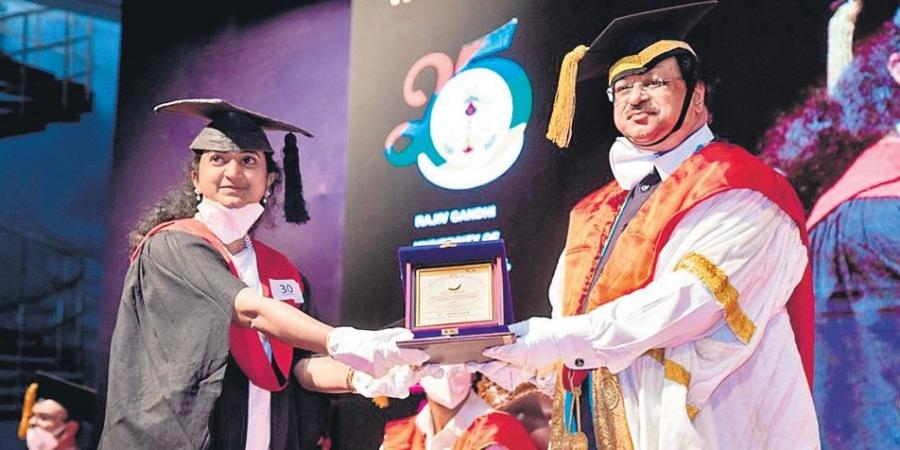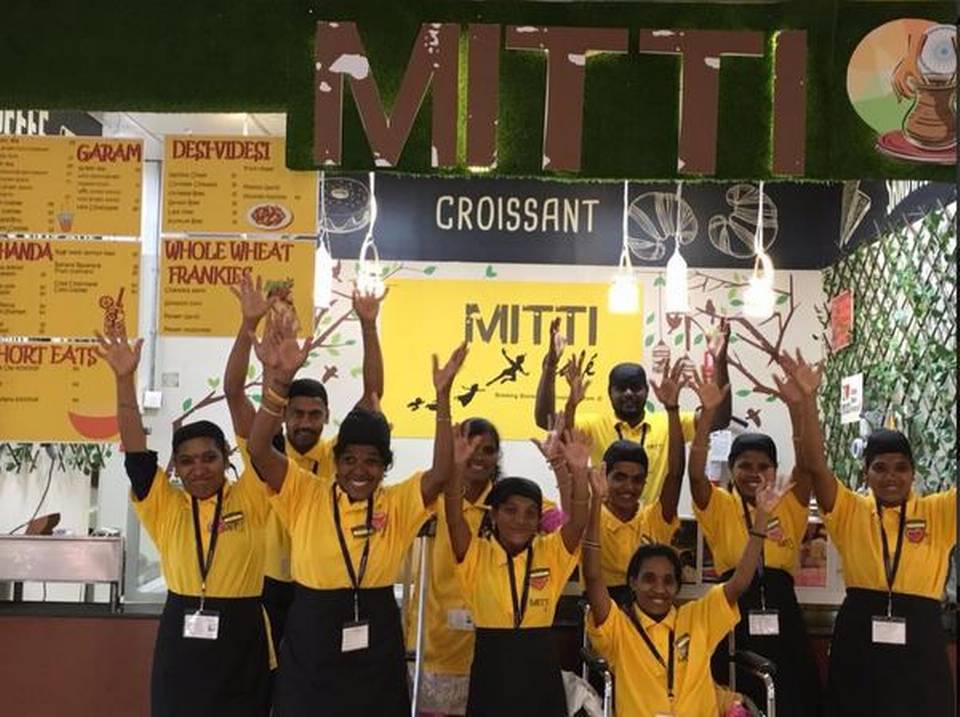To the existing epithets — the garden city, the pensioners’ paradise, and the IT capital — Bengaluru can add one more: a leading centre for both north and south Indian classical music.
South Indian music, known also as Carnatic music, is common to these southern States, while the predominant style of the northern States [Madhya Pradesh, U.P., Bengal, Rajasthan, Punjab, Maharashtra] is the Hindustani system. Karnataka has, however, for various reasons played host to both styles.
One reason is that the erstwhile Mysore rulers revelled in patronising and promoting both styles — Ustad Faiyaz Khan was honoured and feted by the Mysore Maharaja, as was Gauhar Jaan, the first Indian musician to be recorded on a gramophone disc in 1902. To this day, even after the end of the era of princely patronage, the annual Dasara festival at Mysuru includes Hindustani musicians.
Another reason is the reputation of North Karnataka [Dharwad and contiguous areas] as a leading centre for Hindustani music — the names of Bhimsen Joshi, Gangubai Hangal, Mallikarjun Mansur, and Basavaraj Rajguru come readily to mind. All of them were nationally recognised artistes, spoke Kannada, and yet straddled the north-south divide with elan and were applauded by purists, despite their southern roots.
Some of them specialised in a unique form, the Vachanas, with Kannada lyrics set to Hindustani melodies.
Mind you, this did not mean “mixing up” or “diluting” the two systems. It was a separate genre, unique to Karnataka.
The State also has the unique light music genre of singing Kannada poems, called “Sugama Sangeeta”, influenced both by the Carnatic and the Hindustani traditions.
Among contemporary musicians, Dharwad-based Pandit Venkatesa Kumar has been winning accolades as a gifted performer. Not all of them moved to metropolitan Bengaluru, and, yet, one reason for the rise of the State capital as a centre for both systems was the attraction of a thriving city offering opportunities for economic betterment and recognition.
At the same time, we also had leading Carnatic musicians – violinist T. Chowdiah was a towering accompanist during his time [second half of the 20th century].
V. Doraiswamy Iyengar, who made Bengaluru his home, not only became a nationally famous vainika but was also acknowledged as a leading representative of a distinctive “Mysore bani” [style] of veena playing.
Bengaluru-based vocalist, the late R.K. Sreekantan, received, along with Doraiswamy Iyengar, Sangita Kalanidhi, the highest and much coveted honour awarded by the Madras Music Academy.
Then there was Bangalore Nagarathnamma who created history by opposing convention and insisting on women’s participation at the annual Thyagaraja Aradhana festival at Tiruvaiyaru.
She even built a monument to the saint-composer at his samadhi, and is now revered as a path-breaker and pioneer.
If Tamil Nadu had its trinity of Carnatic music [Tyagaraja, Muthuswami Dikshitar, and Syama Sastri, all of the 18th-19th century] Karnataka was home to no less than the father of Carnatic music, Sangeet Pitamaha Saint Purandara Dasa of medieval times, who codified the beginners’ lessons and graded exercises in the south Indian system.
Karnataka’s heritage in terms of Carnatic music is thus as rich as any other State’s, while at the same time producing stalwart practitioners in the Hindustani style too.
One name that needs special mention in the context of the north-south traditions in music in Karnataka is that of the late Pandit Ramesh Nadkarni, who hailed from Gokarna in the northern part of the State but was pan-Indian in a true sense. He spoke Kannada, Konkani, Hindi, Marathi and fluent, flowery English, was a disciple of the legendary Ustad Aman Ali Khan [of the Bhendi Bazaar gharana of Hindustani music], and served the All-India Radio with distinction as a producer and composer for several decades.
The special and distinctive Kannada songs he tuned and produced, set to Hindustani classical or folk melodies using his unique insights into both systems, were very popular on Vividh Bharati’s Amrit Vani programme for decades. Despite his enormous contributions, he never received the recognition and rewards he deserved.
Many more names come to mind – percussionist Bangalore K. Venkataram, who set up the Percussive Arts Centre at Bengaluru, and Kadri Gopalnath who introduced the alien wind instrument saxophone into Carnatic classical music and established himself at the national level.
A Hindustani artiste, Narasimhulu Vadavati, who plays Hindustani classical music on an “alien wind instrument”, even became the head of the State Sangeeta Nrithya Academy. Perhaps no other State can claim such eclectic encouragement to both systems of music.
Yet another reason for this “dual competence” among artistes is the contribution of the Saraswat community in the State, plus the inflow of artistes seeking recognition following the economic boom of Karnataka as an IT capital – economic betterment is one precondition for artistic flowering and patronage.
‘Patronage’ brings to mind one more heartening example. During the pre-Independence era, the Mysore Durbar used to have baithaks [music sessions and concerts] in the palace.
Among those invited to perform at the palace, were two young girls who were among the first in Karnataka to get trained in Hindustani music. The late Susheela Nanjundiah, a disciple of the redoubtable Ustad Vilayat Hussain Khan, and her sister Vijayalakshmi Krishnaswamy [who passed away recently, in Bengaluru, aged 93] gave a Hindustani concert during the 1930s in the presence of the Maharaja.
Yet another reason for the thriving traditions, in the two streams of music, is the eclectic composition of Bengaluru’s population. .
After all, without an audience, no performing artiste can thrive and Bengaluru provides such an audience patronising both south and north streams of classical music.
The city also happens to be a poplar hub for experimental and collaborative fusion music, thanks again, to its cosmopolitan citizenry. In short, an exciting city to be in in terms of musical traditions.
(Sakuntala Narasimhan is the only vocalist in the country to have performed in the National Programme of Music of Doordarshan and AIR in both Carnatic and Hindustani styles, and the only artiste doing a “self-jugalbandi” juxtaposing the two styles. Her doctoral thesis was on a comparative study of the two systems.)
source: http://www.thehindu.com / The Hindu / Home> News> Cities> Bengaluru / by Sakuntala Narasimhan / June 23rd, 2020







